I am experimenting with large currents from ultra capacitor discharge.
For example with 500 A (at 2.8 V) you get a very impressive demonstration of the magnetic field of a straight conductor using compass needles or iron chips (compare: http://iopscience.iop.org/article/10.1088/0143-0807/31/1/L03/pdf).
Another example is the Thomson ring experiment http://www.rose-hulman.edu/~moloney/Ph425/0143-0807_33_6_1625JumpingRing.pdf where you may get up to 9000 A for a very short time.
Suppose all voltages used are below 60 V. What do you need to consider about safety in this case?
Here is what I think:
- Since the voltage is too low, there should be no danger from current through the human body.
- There might be a danger from sparks and lightening when if there are contact problems.
- This may be dangerous because of UV light
- and because of sparks hitting directly the eye
- Also the there might be heat problems which makes thinks to vaporize which you may inhale
- A capacitor discharge generates an EMP which may affect pacemakers for example
I am not sure if I mentioned all possible dangers concerning this. My question is:
- Under which conditions (minimal current, discharge time...) which danger will become relevant
- What to do to make it safe
